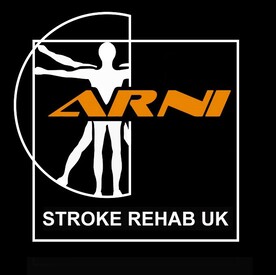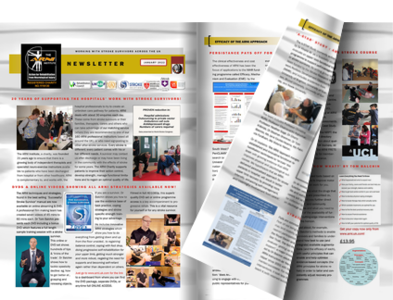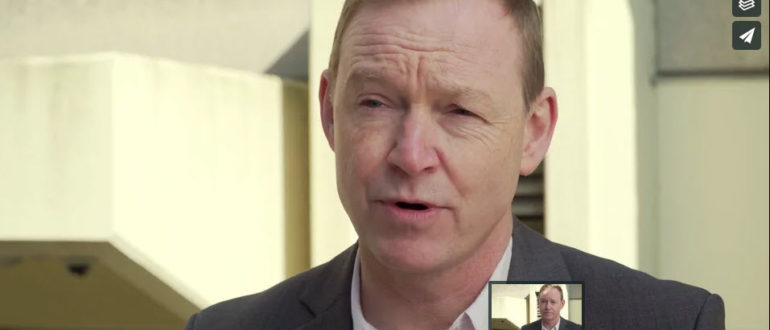Upper limb impairment affects most patients at the time of the stroke, with persisting problems for between a half and three quarters of survivors. This can be partly explained by where the injury is in the cortex. But because regaining lost function in the upper extremities has been found to be more difficult to achieve than return of normal function in the lower extremities, only 14% of these will regain any useful function. Between 55% and 75% continue to experience upper extremity functional limitations.
Professor Nick Ward (who has kindly taught my ARNI instructor groups at UCL for around 10 years now) runs the UK’s first and to date only dedicated (and outstanding) Upper Limb Service at Queen Square. He states that upper limb recovery after stroke is unacceptably poor – and gives some stats:
- 60% of patients with non-functional arms 1 week post-stroke didn’t recover
(Wade et al, 1983)
- 18 months post-stroke 55% of patients had limited or no dextrous function
(Welmer et al, 2008)
- 4 years post-stroke only 50% had fair to good function
(Broeks et al, 1999)
If you’re a stroke survivor, you know already that regaining upper body function is a very different task to rehabilitating the lower body. Nevertheless, the two ‘halves’ of the body are not so different after stroke. New evidence says that both the upper and lower limb are as weak as each other after-stroke, which suggests that the poorer recovery of the arm, so frequently seen in stroke patients, may not be an inevitable consequence of the stroke.
An excellent research paper by Professor Sarah Tyson and colleagues in 2006 called ‘Distribution of weakness in the upper and lower limbs post-stroke’ advises that the effectiveness and intensity of rehabilitation interventions should be considered. This may well be so: the majority of stroke survivors whom I’ve met, when describing their prior physiotherapy and any other rehabilitative efforts, will report that the focus of consistent therapy was usually on the lower limb and walking practice. A minority remembered consistently focusing on practising upper limb exercises.
This happens for a number of reasons, but primarily because it is critical to get stroke survivors walking, and also essential to keep spirits up with the recognition of progress, which probably is facilitated better by the thought of being able to walk again. So hospitals often do not have time to devote to extensive hand-function efforts, and by the time further treatment is sought, the task is all the more harder.
The evidence states clearly that initial degree of motor impairment is the best predictor of motor recovery following a stroke. So, functional recovery goals are appropriate for those patients who are expected to achieve a greater amount of motor recovery in the arm and hand. But the evidence also shows that compensatory treatment goals should be pursued if there is an expected outcome of poor motor recovery. We are even uncertain whether task-specific repetitive training improves upper extremity motor function.
It is vital that stroke survivors are shown, in clinic, ways to either train for progressive functionality or physical self-management techniques or/and both. Rather than leaving people to try and work it out for themselves once they reach the community.
Those with more potential can be shown how to radically ramp up the dose of repetitions performed with upper limb during the day, perhaps incorporating modified constraint induced movement therapy (a beneficial treatment approach which can be done at home, for those stroke patients with some active wrist and hand movement). Professor Nick Ward told me that Professor Gert Kwakkel and colleagues noted way back in 2003 that those showing some synergistic movement in the upper limb within 4 weeks after stroke have 90% chance of improving.
We interviewed Professor Nick Ward to find out more about his views about what both therapists and stroke survivors can potentially do to improve upper limb outcomes after stroke:



